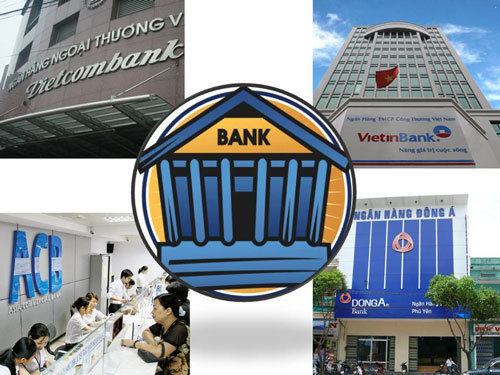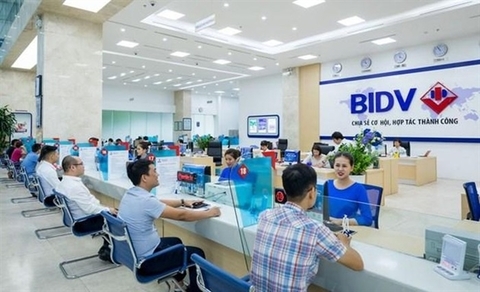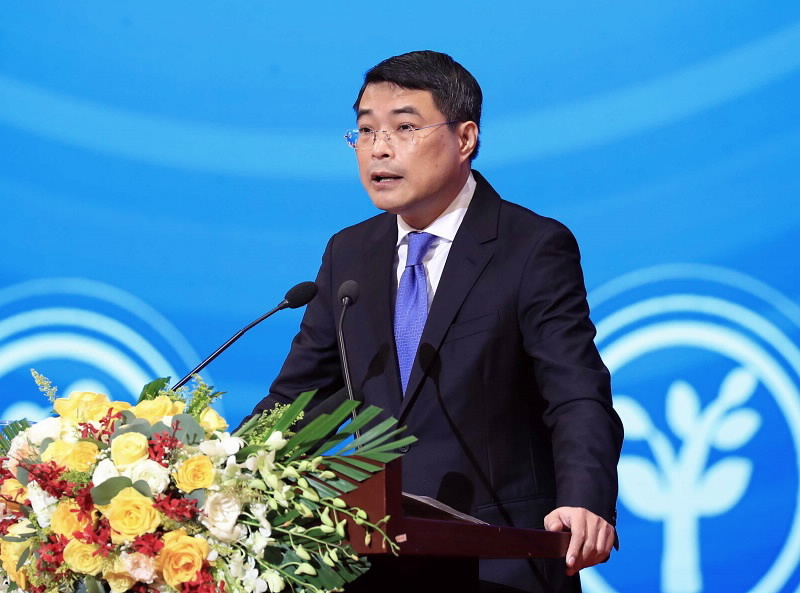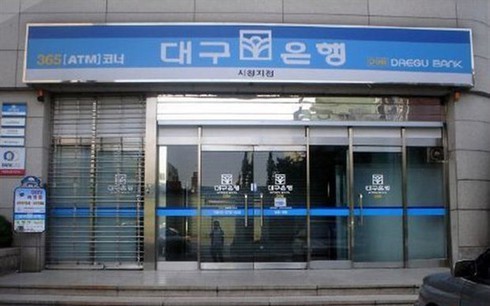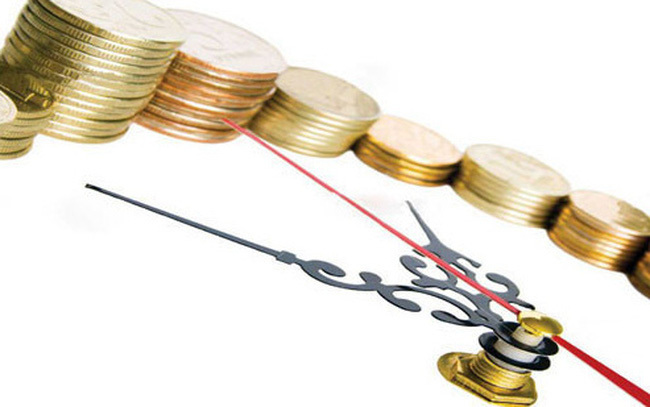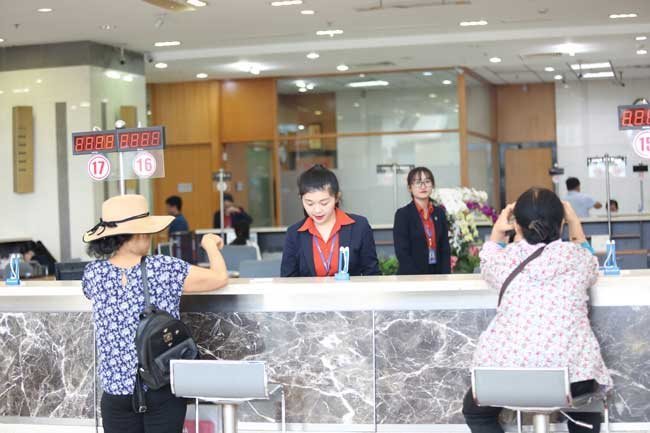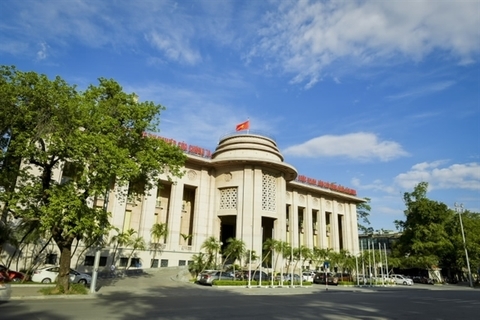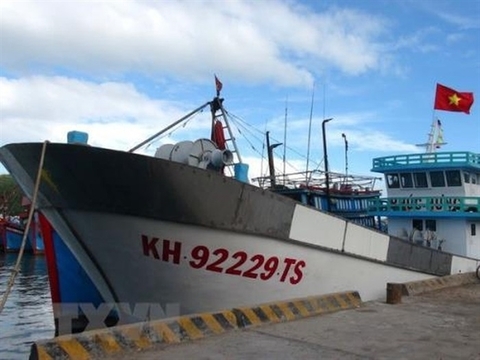- © Copyright of Vietnamnet Global.
- Tel: 024 3772 7988 Fax: (024) 37722734
- Email: evnn@vietnamnet.vn
SBV
Update news SBV
Only one bank entered bourse in 2019
 Eighteen commercial banks are listed on the bourse, but only one bank entered the bourse in 2019.
Eighteen commercial banks are listed on the bourse, but only one bank entered the bourse in 2019.
The highlights in the banking sector in 2019
2019 witnessed low credit growth rate.
Vietnam c.bank orders actions to fight black credit
 The State Bank of Vietnam (SBV) has issued a document requesting credit organisations and branches of foreign banks to expand credit activities serving production, business and consumption as part of efforts to limit “black credit”.
The State Bank of Vietnam (SBV) has issued a document requesting credit organisations and branches of foreign banks to expand credit activities serving production, business and consumption as part of efforts to limit “black credit”.
Bank lending rates expected to fall in the new year
 A report by securities firm SSI says deposit interest rates are likely to be cut by 0.5- 1 percentage point this year, and lending interest rates would also be cut by at least 0.5 percentage points as required by the Government.
A report by securities firm SSI says deposit interest rates are likely to be cut by 0.5- 1 percentage point this year, and lending interest rates would also be cut by at least 0.5 percentage points as required by the Government.
Vietnam c.bank sets cashless payments as top priority for 2020
 The State Bank of Vietnam (SBV) has issued a resolution to boost cashless payments in the country.
The State Bank of Vietnam (SBV) has issued a resolution to boost cashless payments in the country.
Dollar billionaires and hot competition in the banking sector in 2019
 Two dollar billionaires in the banking sector emerged in 2019, which also witnessed competition that led to big changes in the economy.
Two dollar billionaires in the banking sector emerged in 2019, which also witnessed competition that led to big changes in the economy.
Strong e-payment growth recorded in 2019
 Cashless payments grew strongly in 2019, with 635,000 transactions worth a total of VND380 trillion recorded each day, according to statistics from the State Bank of Vietnam (SBV).
Cashless payments grew strongly in 2019, with 635,000 transactions worth a total of VND380 trillion recorded each day, according to statistics from the State Bank of Vietnam (SBV).
Will Vietnam be sued if it restricts foreign investments in fintechs?
 The State Bank of Vietnam (SBV) affirmed that regulations are in line with international commitments, which show Vietnam's management rights in the field of payment services.
The State Bank of Vietnam (SBV) affirmed that regulations are in line with international commitments, which show Vietnam's management rights in the field of payment services.
Vietnam banks thrive in 2019, profits exceed targets
 2019 has been a good year for the banking sector. Most commercial banks performed well with profit results exceeding the targets set earlier in the year.
2019 has been a good year for the banking sector. Most commercial banks performed well with profit results exceeding the targets set earlier in the year.
Small banks struggle to meet Basel II deadline
 Capital difficulties are putting pressure on some banks struggling to meet the central bank’s Basel II deadline of early next year, but experts suggest the central bank should not delay the process.
Capital difficulties are putting pressure on some banks struggling to meet the central bank’s Basel II deadline of early next year, but experts suggest the central bank should not delay the process.
State firms make up 5% of total corporate loans in Vietnam
 A major proportion of bank loans are provided for the business community, particularly the private sector and individuals.
A major proportion of bank loans are provided for the business community, particularly the private sector and individuals.
Chinese P2P lenders flock to Vietnam
 After the lending model collapsed in China, many P2P lenders flocked to Vietnam to seek opportunities in the country.
After the lending model collapsed in China, many P2P lenders flocked to Vietnam to seek opportunities in the country.
Daegu Bank of RoK to open branch in HCM City
 Daegu Bank of the Republic of Korea (RoK) is preparing to open a branch in Ho Chi Minh City after getting the green light from the State Bank of Vietnam (SBV).
Daegu Bank of the Republic of Korea (RoK) is preparing to open a branch in Ho Chi Minh City after getting the green light from the State Bank of Vietnam (SBV).
Vietnam receives record-high foreign currency influx in 2019
 The State Bank of Vietnam (SBV) bought a record high amount of foreign currencies this year. The same is expected in 2020.
The State Bank of Vietnam (SBV) bought a record high amount of foreign currencies this year. The same is expected in 2020.
Vietnam's monetary market 2019: earlier forecasts missed the mark
 When the State Bank of Vietnam (SBV) late last week slashed the dollar purchase price, the greenback prices quoted by commercial banks were adjusted immediately.
When the State Bank of Vietnam (SBV) late last week slashed the dollar purchase price, the greenback prices quoted by commercial banks were adjusted immediately.
VN financial sector embraces digital era: conference
 Many banks and finance companies have proactively adopted technologies to provide digital financial services, Nguyen Hoang Minh, a senior central bank official said.
Many banks and finance companies have proactively adopted technologies to provide digital financial services, Nguyen Hoang Minh, a senior central bank official said.
Banks warned of risks of accepting land as collateral
 The State Bank of Vietnam (SBV) has warned commercial banks of the risks associated with accepting land-use rights certificates as collateral for loans.
The State Bank of Vietnam (SBV) has warned commercial banks of the risks associated with accepting land-use rights certificates as collateral for loans.
Vietnam named second in ASEAN in fintech funding in 2019
 Vietnam’s fintech firms secured two of the top three largest funding deals in ASEAN in 2019.
Vietnam’s fintech firms secured two of the top three largest funding deals in ASEAN in 2019.
VN Central Bank tightens regulations with bad loans on the rise
 The State Bank of Vietnam (SBV) has taken steps to tighten regulations over banks’ use of short-term deposits, reducing its ratio used to finance medium and long term loans from 60 per cent now to 40 per cent by September next year.
The State Bank of Vietnam (SBV) has taken steps to tighten regulations over banks’ use of short-term deposits, reducing its ratio used to finance medium and long term loans from 60 per cent now to 40 per cent by September next year.
Bad debt on the rise among boat owners
 The number of non-performing loans had been on the rise among recipients under a Government directive (Decision 67/2014/ND-CP) to support Vietnamese fishermen to build or upgrade their fishing vessels.
The number of non-performing loans had been on the rise among recipients under a Government directive (Decision 67/2014/ND-CP) to support Vietnamese fishermen to build or upgrade their fishing vessels.





